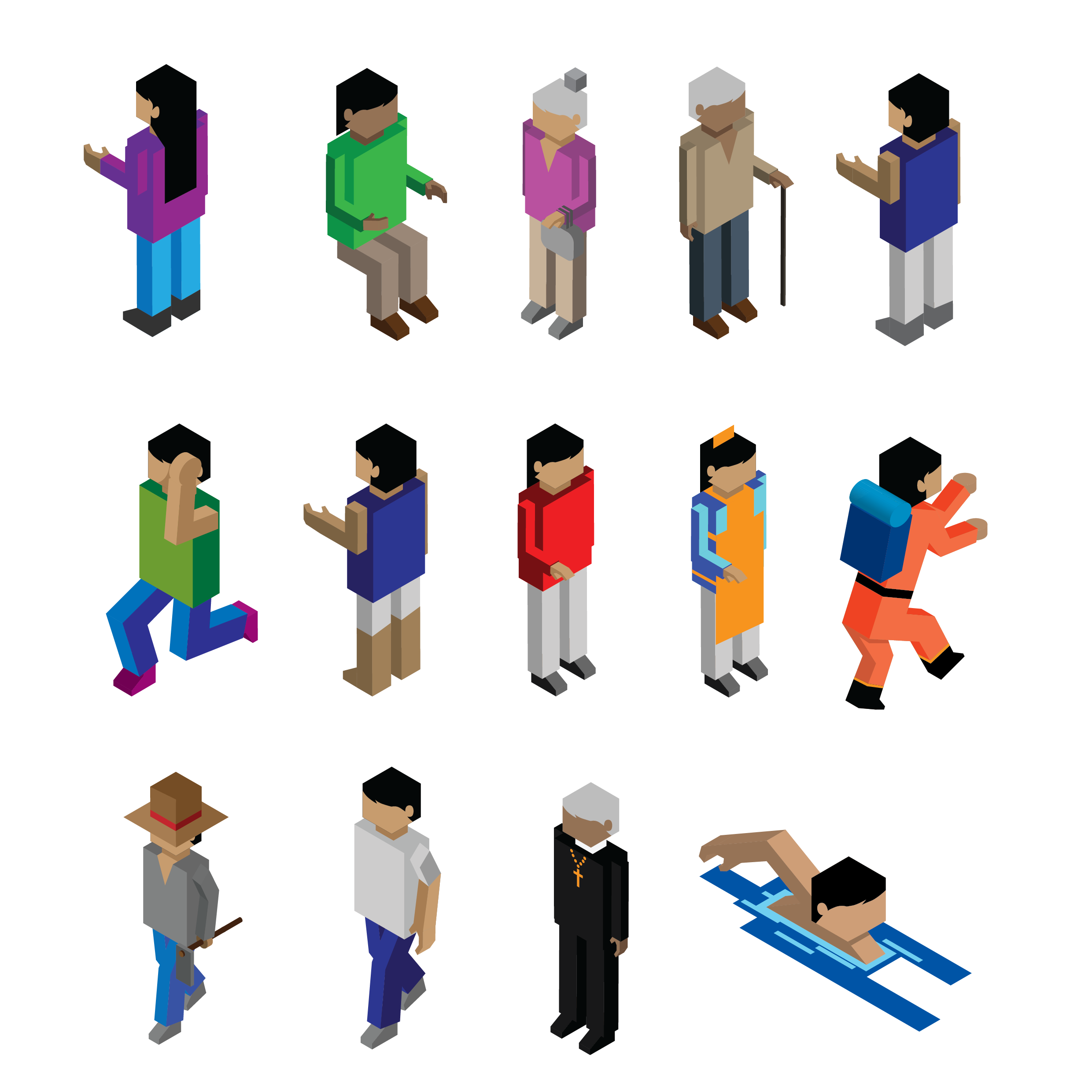
The Tenth Amendment – Simplified! This amendment to the United States Constitution was adopted in 1791. It is the final amendment of the Bill of Rights, the first ten amendments.
The Tenth Amendment says that the federal government only has the powers that are listed in the Constitution. Any power that is not listed in the Constitution belongs to the states and/or the people.
“The powers not delegated to the United States by the Constitution, nor prohibited by it to the States, are reserved to the States respectively, or to the people.”

One of the main purposes of the Constitution was to make sure that the federal government didn’t have too much power.
After fighting for freedom from the powerful and controlling British government, the people of the United States wanted to prevent the same issues from happening again in the future.
The Bill of Rights outlines the rights of the people that cannot be taken away by the federal government.
The Tenth Amendment prevents the federal government from trying to expand its powers beyond the powers granted by the Constitution. If a power is not granted, it belongs to the states or the people.
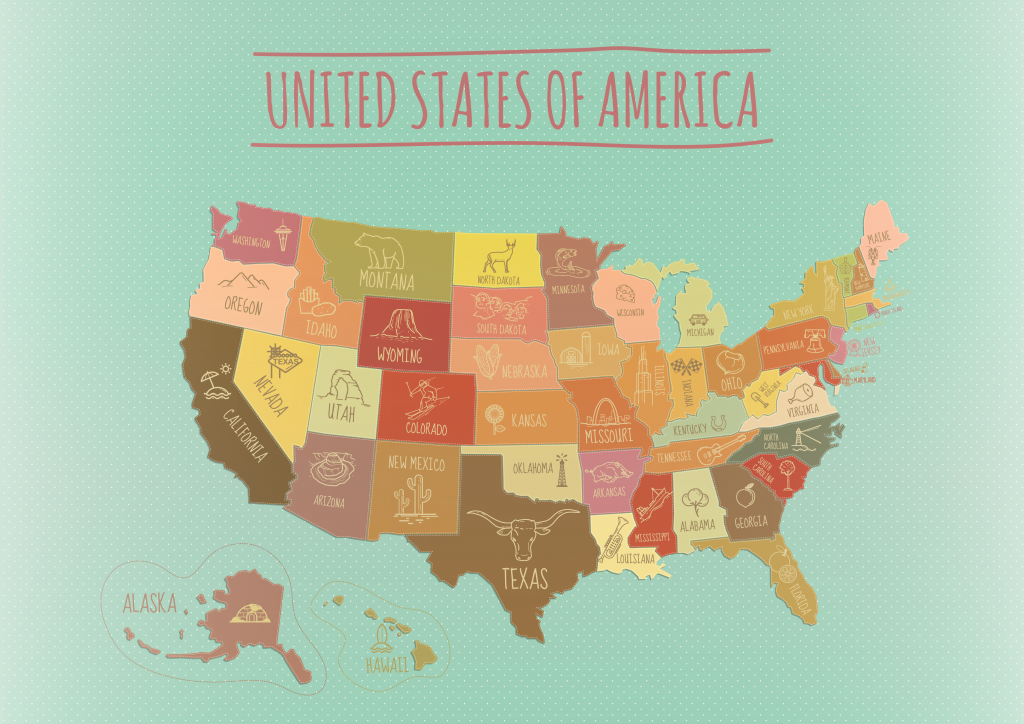
The term Federalism is a means of government wherein the power is divided between two groups: the federal government and individual state governments. The 10th Amendment was ratified to make sure that the United States kept functioning through federalism.
Through Federalism, the federal government is in charge and is given many powers. The federal government will have authority over state governments. However, due to the Tenth Amendment, some powers are still reserved for the states. These are known as reserved powers.
Due to the explosion in the size of the government over the past decade, the country is in a struggle for the very soul of the constitution, which is limited government.
Over the past few decades, the practice has been to interpret the constitution as a source of virtually limitless power and not as its creators intended, a charter of liberty.
The framers of the constitution had the forethought of situations such as this arising and hence the 10TH Amendment was put into place.
The federal government is the national government of the United States. It includes the president, Congress, and the Supreme Court.
Each state also has its own government. State governments are made up of a governor, a law-making body that is usually divided into two parts, and state courts.
Examples of Federal Government’s powers are:
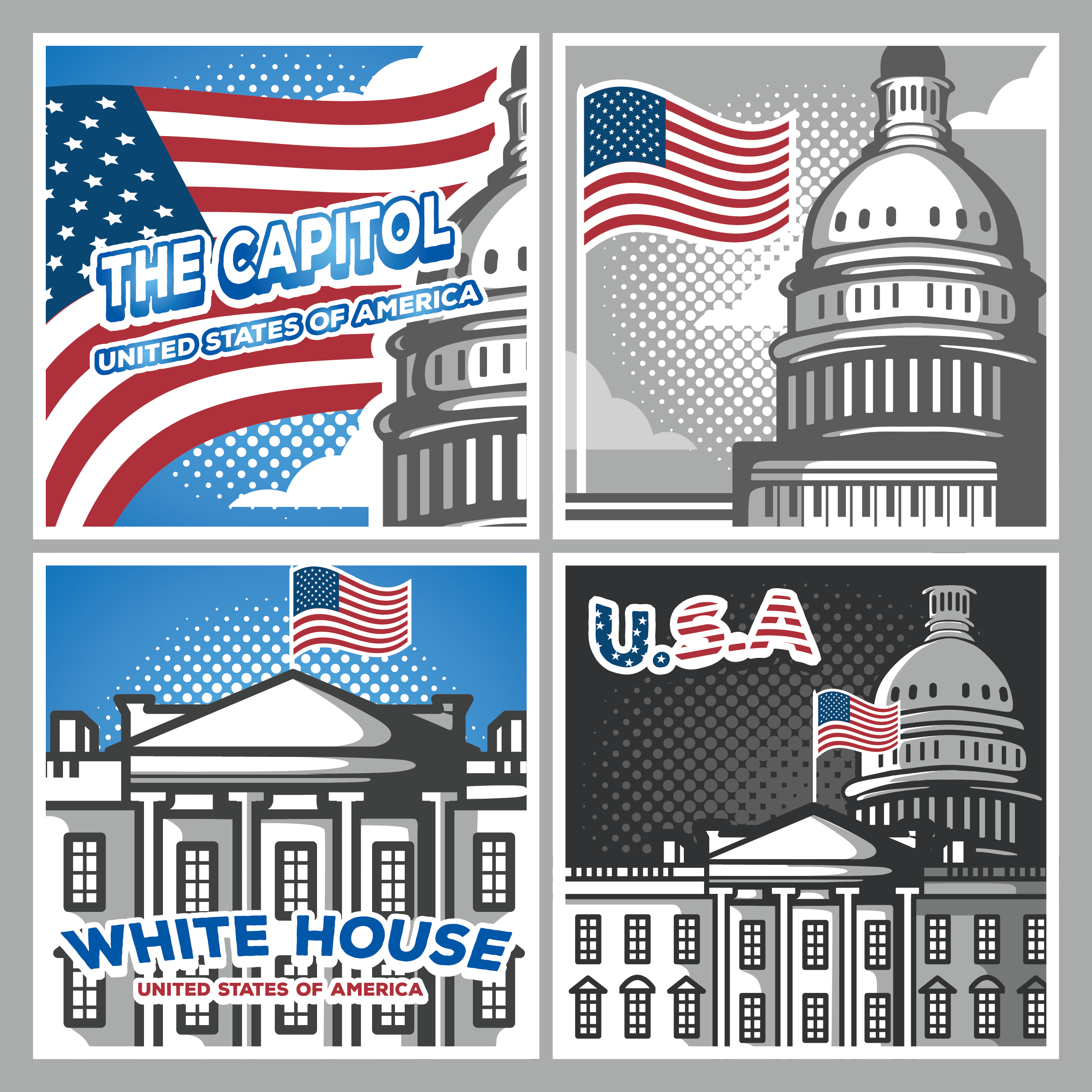
Examples of powers that belong to the State Governments:
Both the federal government and State Governments can:
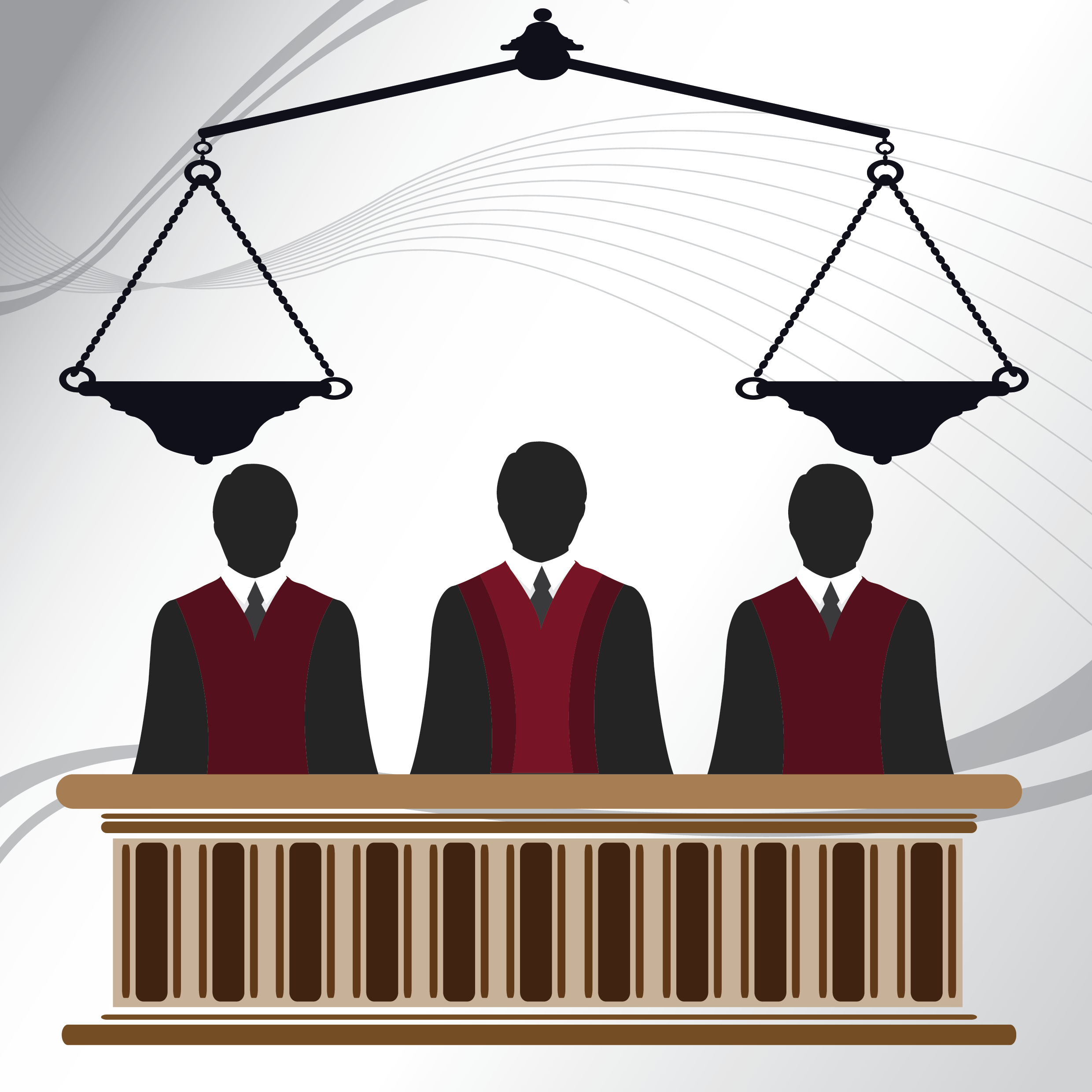
For about two centuries, the Supreme Court’s opinion was that federal powers could be determined only by studying the Constitution’s enumerated powers (the powers listed and described in the Constitution).
But starting in 1976, several cases have involved the federal government regulating or commanding state governments:
Garcia v. San Antonio Metropolitan Transit Authority: The Court ruled that a city is required to follow federal labor laws.
New York v. United States: The Supreme Court ruled that the federal government does have the authority to regulate state waste management.
Printz v. United States: This ruling demonstrated that state or local executive officials can be forced to implement federal laws.
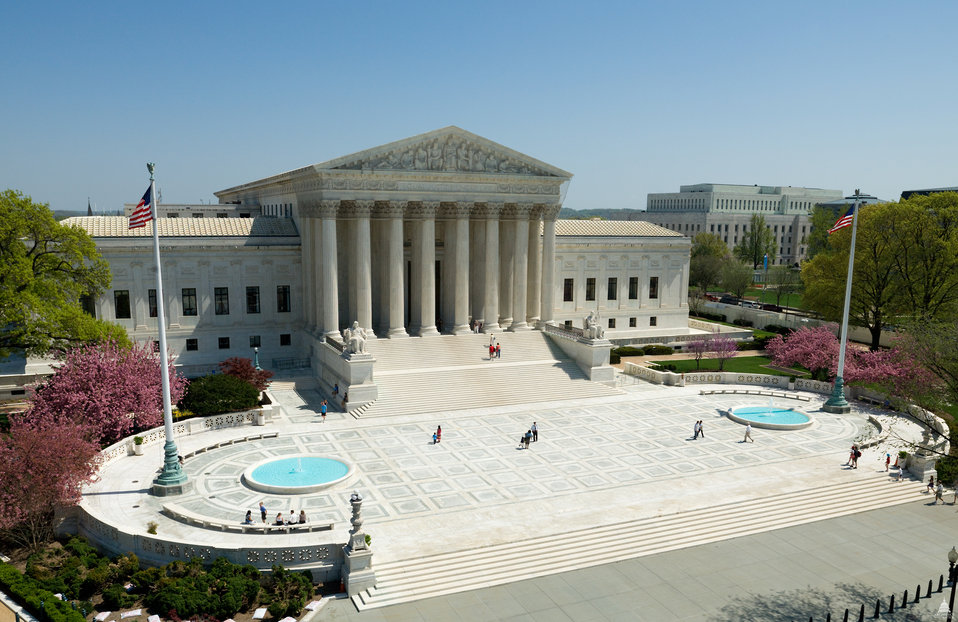
South Dakota v. Dole: The Supreme Court ruled that the federal government has the right to withhold federal funds from states who do not comply with federal laws.
(In this case, South Dakota’s drinking age was 19 instead of the federally-mandated 21, so some of the money the state was supposed to receive for building highways was withheld.)
Do any of these rulings violate the Tenth Amendment? Some people think so, but the Supreme Court disagrees.
On the other hand, the Supreme Court has not used the Tenth Amendment to protect individual citizens against the exercise of federal power.
The Tenth Amendment was introduced to the constitution to help limit the power of the United States Congress, this was to be done by providing any unenumerated rights. Instead, it has only resulted in more uncertainty about their rights.
There is now rampant speculation regarding the spirit of the constitution and the way in which it was written so as to fill in the blanks of the 10th Amendment.
Similar to the ruling in South Dakota v. Dole, the federal government sometimes uses federal funding to convince states to follow federal programs.

States sometimes cite the Tenth Amendment as a reason they don’t have to follow some federal laws.
The Tenth Amendment is part of the balance of powers in the United States, which makes sure that no individual or group of people has too much power.
Power is spread through different branches of federal and state government that can check and balance one another.
The Tenth Amendment is one of the most clearly and simply worded amendments to the Constitution. It emphasizes the limited nature of federal government.
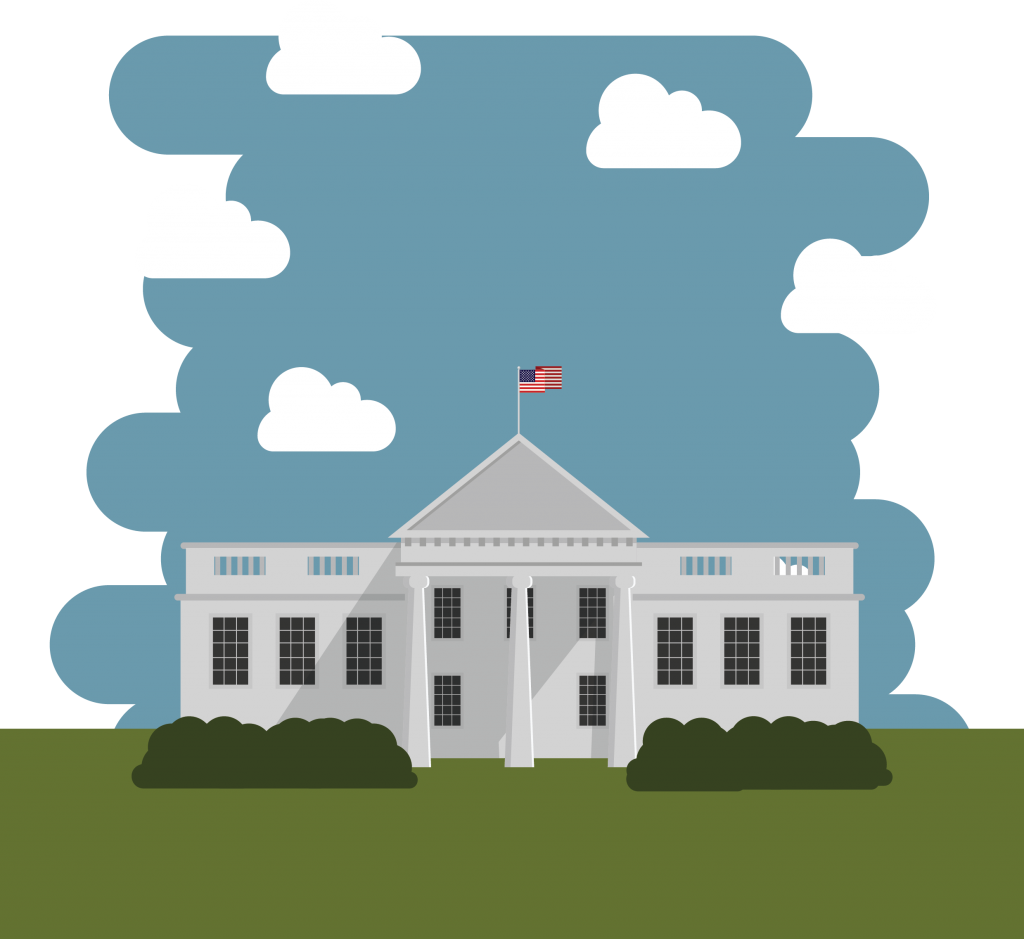
According to the Tenth Amendment, the first question about federal power is not whether it violates someone’s rights.
The first question is whether it exceeds the limited power of the federal government.
The 10th Amendment is commonly referred to as Amendment X
It was introduced to the Constitution by James Madison
The Federal government commonly uses federal funding as incentives for states to follow federal programs
Overlaps are common between federal and state powers with topics such as taxation, education and criminal justice.